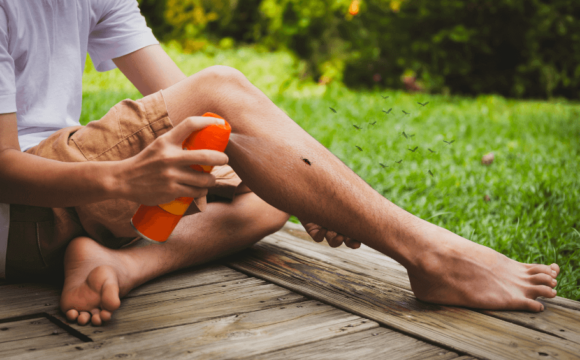Hosted once every four years, the Rugby World Cup is rugby’s centrepiece event. It is the big stage that rugby players from all over the world dream of reaching. Held over the course of seven weeks, it is the third largest sports event in the world after the summer olympics and the Football World Cup.
This year’s tournament will take place from September 20 – November 2, 2019.
Kyoto Traveler’s Inn has shared some tips on key Japanese etiquette for UK sports fans heading to Japan this autumn for the Rugby World Cup 2019.
Intrepid travellers keen to experience traditional Japanese hospitality and explore the Japanese city of Kyoto can do this and more during a stay at Kyoto Traveler’s Inn, which is located in the Okazaki area of the Higashiyama district of the city. The hotel is well-suited for those who want to see the sites of Kyoto following the Rugby World Cup games, since many of the city’s shrines and temples are located within walking distance from the hotel.
Kyoto Traveler’s Inn Japanese Etiquette Tips:
Remove Shoes and Slippers Before Entering a Traditional Tatami Room
For those looking for an authentic Japanese experience, hotels such as Kyoto Traveler’s Inn offer guests the chance to stay in traditional accommodation with futon bedding and tatami flooring. Tatami is a type of mat traditionally made from rice straw that is used as flooring in Japanese rooms and was originally a luxury that only the wealthy could afford. Before entering a tatami room, shoes and slippers must be removed. A futon bed is provided for guests and these are kept folded during the day and set out in the evening after dinner. Large cushions are used for sitting at low tables in tatami rooms and travellers should note that it is considered impolite to step on cushions other than your own.
Getting to Grips with Chopsticks
Japanese cuisine is some of the best in the world and so no trip to Japan would be complete without dining out – and using chopsticks. Japan takes chopsticks seriously so knowing a little about local manners can go a long way when dining. When sharing dishes in a group, diners should make a note not to eat directly from common dishes and understand that it is considered rude to hover their chopsticks over dishes when choosing what to eat. Chopsticks should not be licked or used to give food to others and when taking a pause during a meal, the utensils should be placed parallel to each other on a chopstick holder and never placed crossed or upright in rice as this resembles a ceremony performed at Japanese funerals. For those who want to practice their chopstick skills under the guidance of the English-speaking team at Kyoto Traveler’s Inn, the hotel’s on-site restaurant serves both Western and Japanese meals, including a traditional Japanese breakfast that consists of miso soup, rice, grilled fish, Japanese pickles and dried seaweed (nori).
Respect the Geiko and Maiko in Kyoto
Spotting a geisha sits high at the bucket list of many visitors who visit Japan and for the best chances of spotting one in Kyoto, travellers should head to the city’s historic Gion district, which is just 15 minutes away by foot from the hotel. While they’re known as geishas in Tokyo, in Kyoto the correct term is ‘geiko’, which means ‘women of art’. Geiko have to spend at least five years in training as an apprentice – also known as a ‘maiko’ – to perfect their abilities to play musical instruments, dance and host games for guests. While photographs of geiko and maiko are permitted, visitors to Kyoto should respect the personal space of the women and make sure they do not interrupt their journey.
Dare to Bare in a Communal Bath
The hot spring communal baths in Japan are probably the most daunting part of Japanese culture for most travellers but are rewarding for those who are brave enough to take to the geothermally heated waters at onsens, ryokans and daiyokujos. Firstly, travellers must be prepared to dare to bare as no clothing or swimwear is permitted when bathing in an onsen or public bath. Next, a seated (not standing) shower must be taken prior to entering the bath and those with long hair should tie this up in a hairband or towel. Lastly, no alcohol is permitted inside a public bath and since tattoos are considered somewhat of a taboo in Japan, those with ink should make sure to cover their body art with plasters or bandages.
Kyoto Traveler’s Inn is located just 25 minutes from Osaka and the airport there, and just over two hours away from Tokyo. The city served as Japan’s capital and the emperor’s place of residence from 794 until 1868.
















